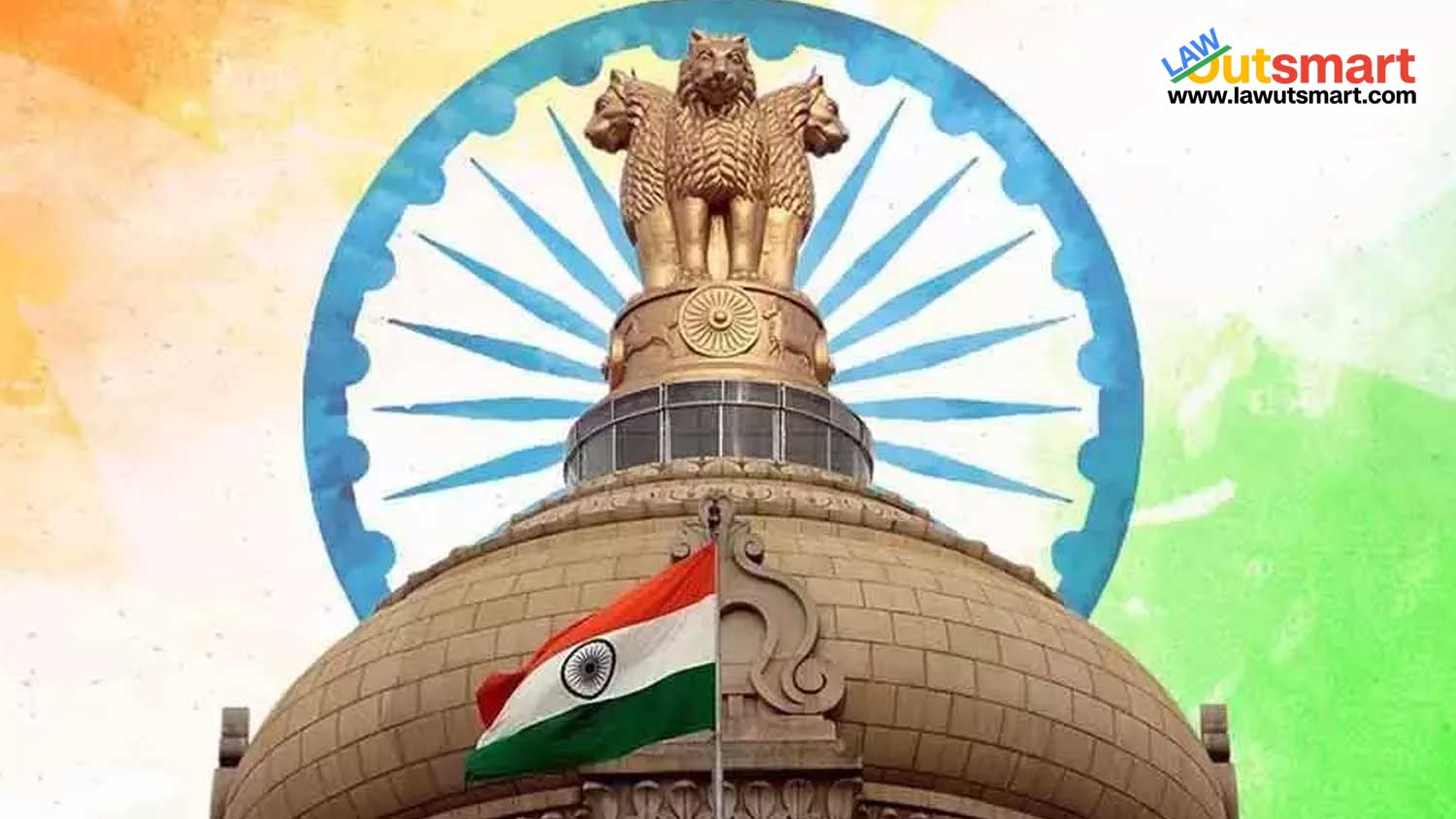The President of India serves as the head of state, embodying the unity, integrity, and sovereignty of the nation. While the position is largely ceremonial in nature, the President performs several key functions that play a crucial role in the governance and functioning of the world’s largest democracy. This article aims to provide an analysis of the role, powers, historical evolution, and contemporary relevance of the President of India.
Constitutional Provisions and Oath
The President of India is a constitutional post, established under Articles 52-78 of the Indian Constitution. Before assuming office, the President takes an oath to “preserve, protect and defend the Constitution and the law” and to “devote himself/herself to the service and well-being of the people of India.”
Election and Tenure
The President is elected by an Electoral College, which comprises the elected members of both houses of Parliament (Lok Sabha and Rajya Sabha) and elected members of the Legislative Assemblies of States and Union Territories. The President holds office for a term of five years but can be re-elected. He/she can also be impeached for violation of the Constitution, a process that is complex and rarely invoked.
Roles and Functions
Executive Role
The President appoints the Prime Minister, approves ordinances, and summons and prorogues Parliament sessions. While these powers are exercised on the advice of the Council of Ministers, they are pivotal for the smooth functioning of the government.
Legislative Role
The President has the authority to summon and prorogue the sessions of both houses of the Parliament and to dissolve the Lok Sabha. All bills passed by the Parliament must receive the President’s assent to become law.
Judicial Role
The President has the power to grant pardons, reprieves, or commute sentences. This role gains prominence in cases involving capital punishment and acts as the final judicial recourse.
Diplomatic and Military Role
The President represents India at the international level and can declare war and peace, subject to approval from the Parliament.
Historical Evolution
British Legacy
The roots of the presidential office can be traced back to the British colonial rule, where the Governor-General was the ceremonial head. The Constituent Assembly debates led to the conceptualization of an indigenous model, heavily inspired by the British monarchy and the American presidential system.
From Rajendra Prasad to Present
India’s first President, Dr. Rajendra Prasad, set precedents that have shaped the role of his successors. Over the years, Presidents like Dr. A.P.J. Abdul Kalam and Pranab Mukherjee have left an indelible mark through their interpretations of constitutional provisions and active engagement with the public. Following is the complete list of India’s Presidents and their tenure:
- Dr. Rajendra Prasad (1950–1962)
- Dr. S. Radhakrishnan (1962–1967)
- Dr. Zakir Hussain (1967–1969)
- Varahagiri Venkata Giri (Acting President from 03 May to 20 July 1969)
- M. Hidayatullah (Acting President from 20 July to 24 August 1969)
- Varahagiri Venkata Giri (1969–1974)
- Fakhruddin Ali Ahmed (1974–1977)
- B.D. Jatti (Acting President from 11 February 1977 to 25 July 1977)
- Neelam Sanjiva Reddy (1977–1982)
- Giani Zail Singh (1982–1987)
- R. Venkataraman (1987–1992)
- Dr. Shankar Dayal Sharma (1992–1997)
- K. R. Narayanan (1997–2002)
- Dr. A. P. J. Abdul Kalam (2002–2007)
- Pratibha Patil (2007–2012)
- Pranab Mukherjee (2012–2017)
- Ram Nath Kovind (2017–2022)
- Droupadi Murmu (2022–present)
Landmark Presidential Interventions
President’s Rule
Article 356 allows the President to assume control over a state’s government in cases of failure of constitutional machinery. However, this power has often been misused for political gains.
Pocket Veto
The President can exercise a “pocket veto” by not taking action on a bill, thereby neither assenting nor rejecting it. This was famously exercised by President Zail Singh in 1986 concerning the Indian Post Office (Amendment) Bill.
Pardoning Powers
The debate around the President’s pardoning power gained attention in the case of Afzal Guru, convicted for the 2001 Indian Parliament attack. His mercy petition put the President’s discretionary powers under scrutiny.
Controversies and Challenges
Ceremonial vs. Active Role
The largely ceremonial role of the President has often been a point of discussion, especially when the President chooses to take a more active role in governance.
Political Allegiance
Questions arise about the President’s neutrality, especially when the appointee has had a political background.
Decision-making in Coalition Politics
In coalition governments, where there is no clear majority, the President’s role in appointing the Prime Minister becomes particularly challenging.
Conclusion
The President of India plays a multifaceted role, balancing ceremonial duties with constitutional responsibilities. Despite its largely symbolic nature, the position carries weight, especially in times of political instability or constitutional crisis. The office serves as a unifying force, upholding the principles of democracy, justice, and equality as enshrined in the Indian Constitution. Over the years, the Presidents of India have navigated the complexities of this high office with grace, contributing to the democratic ethos and constitutional integrity of the nation.

